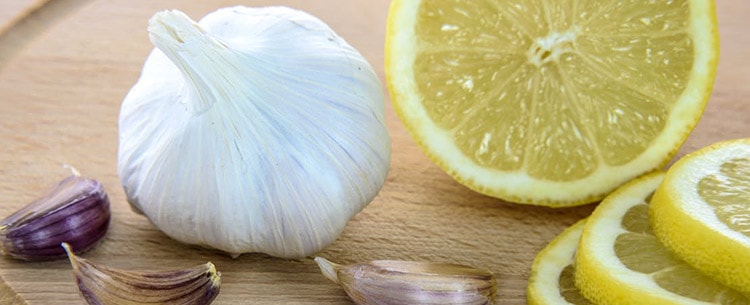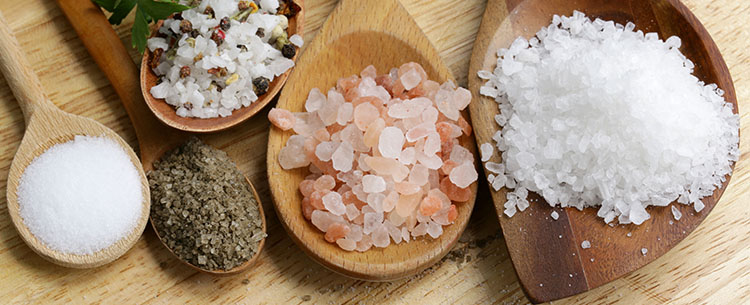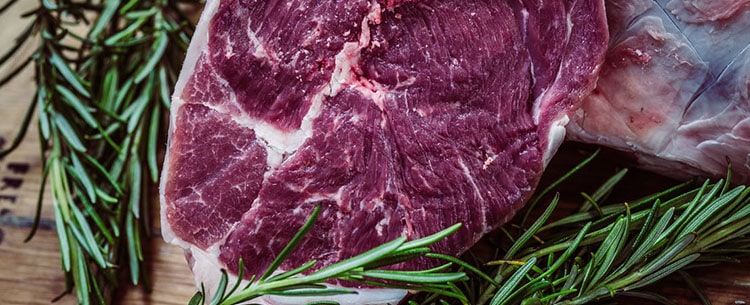Even if you’re an amateur in the kitchen, there’s one thing everyone should learn: how to cook the perfect steak. It’s a skill that will always be beneficial, whether you’re whipping up something for yourself or for a dinner party with friends. Not only that, but they’re sure to be impressed when you cook them what could possibly be the best steak they’ve ever tasted.
How do you do that, you ask? Well, there are five tips for cooking the perfect steak you should always keep in mind. When you stick to these suggestions, you won’t have to worry about your meat being flavorless, tough, or cooked improperly. Everything will be just right!
1. Use fresh garlic as a rub for the steak.

The first thing you need to do before you start cooking a piece of meat is to season it. After all, you want the meat to be full of flavor and delicious, don’t you? Fresh garlic is a great option for this because it’s very complementary to a nice cut of steak.
All you have to do is grab a fresh garlic clove and slice it in half. Using the side where you cut the clove with the knife, rub in onto the entire steak. Make sure you cover both sides and also the edges. It might not be the most enjoyable step, but it’ll certainly be worth it.
2. Next, season the steak with sea salt.

Sea salt is the best way to go when it comes to seasoning a steak, which is why it’s great to have a salt mill on hand for such occasions. This will allow you to grind out plenty of salt to season both sides of the steak. You’ll also want to do the same with a pepper mill for an added boost of flavor. One important tip is to make sure you pat the steak dry before doing this.
A prime cut of steak really won’t require much in the way of seasoning. If you have tougher or less flavorful cuts of steak, you may want to get creative by trying out spice mixes. There are plenty of steak seasonings you can find in the store that are perfect for these cuts of meat. You’ll want to add those on now if you’re using them.
Many chefs actually disagree about when and how to salt meat. Some choose to salt the pan instead of the meat, others salt the meat itself and then cook it, and some prefer to salt the meat and let is rest prior to cooking. That brings us to our next tip…
3. Freeze the steak right before cooking.

After you’ve finished seasoning your steak, we suggest letting it rest for a while prior to cooking it. To do this, place the steak in the freezer for about 45 minutes. You’ll want to plan on doing this right before you need to cook the meat because you won’t want to leave it in the freezer for any longer than that.
All you need to do is place the unwrapped steak either on a lined plate or baking sheet and put it into the freezer. After 45 minutes, the surface of the meat will be just dry enough, which will help you achieve a perfectly charred, brown crust. Make sure you take it out promptly after 45 minutes so you don’t risk freezing the rest of the steak. Then, you can begin to cook the steak either on the grill or in a pan immediately afterwards.
4. Choose the right cooking fat for your steak.

When cooking a steak, you’ll want to choose a fat that has a high smoke point. While you might be tempted to use something like olive oil, you’re going to find much better results when using a pat of butter. If you’d like, you can go with a quality, organic butter. Olive oil just isn’t the best choice here because the cooking temperature is going to be too high for it, ultimately causing a lot of smoke and an unpleasant flavor.
Some prefer to use beef tallow or lard instead of butter, so it’s worth experimenting to see what works best for you and appeals to your tastes. You might even consider using coconut oil, but it could leave behind a subtle coconut flavor. If that’s not your thing, skip it!
If you’re preparing your steak in a pan, you’ll add the cooking fat directly the pan. However, if you’ll be preparing the steak on a grill, you can rub the cooking fat onto the steak beforehand for the same effect.
5. Cook your steak to the perfect temperature with a meat thermometer.

If you don’t already have a meat thermometer in your kitchen, you absolutely need to get one. It’ll really come in handy whenever you’re preparing a meat dish since you’ll be able to check its internal temperature. This will help you ensure your food has been properly cooked and will cut down on any risk of food-related illnesses.
A meat thermometer is especially great for steaks because one of the common complaints people have about their steaks is that they aren’t cooked to their preferred doneness. When people are requesting their steaks be cooked in a particular way, you run the risk of it being overdone or even underdone. This can ultimately ruin the steak for whomever may be eating it.
Fortunately, all you have to do is learn the temperature a steak needs to be at for each level of doneness. This will make it easier for you to get a perfectly cooked piece of meat every single time as it eliminates some of the guess work. Here’s what you need to know:
- Very Rare: Desired Temperature - 120ºF / Stop Cooking At - 115ºF
- Rare: Desired Temperature - 125ºF / Stop Cooking At - 120ºF
- Medium Rare: Desired Temperature - 130ºF / Stop Cooking At - 125ºF
- Medium: Desired Temperature - 140ºF / Stop Cooking At 135ºF
- Medium Well: Desired Temperature - 150ºF / Stop Cooking At 145ºF
- Well Done: Desired Temperature - 165ºF / Stop Cooking at 160ºF
You’ll notice in the above list that it’s recommended you stop cooking the meat five degrees before it reaches the optimal temperature. The reason for this is that the temperature of the steak will continue to rise even after you have removed it from the heat. So, once it has reached that point, remove it from the pan or grill and transfer it to a plate to rest.
It’s best to let the steak rest for approximately five minutes. Not only will the doneness be correct, but it’ll be juicy and tender when you finally cut into it. The reason this is so important is that the juices are able to redistribute throughout the steak. Instead of gathering at the center of the meat, it’ll spread back out toward the edges, ensuring a delicious piece of steak with every bite.
Don’t Forget…

When it comes to cooking any dish, especially steak, practice makes perfect. If you don’t get it right on the first try, don’t get discouraged. Even the best chefs have made mistakes with their dishes. It’s all part of the process of learning your way around the kitchen and experimenting with dishes. All you have to do is try again next time!











